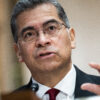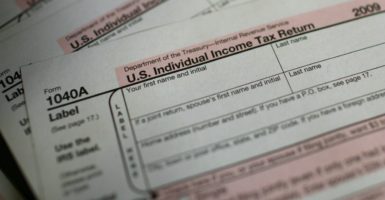A new working paper by economists Emmanuel Saez and Stefanie Stantcheva purports to overturn a widely cited finding that capital should not be taxed; it fails. Rather than offering new insights on minimizing the distortion from taxation, the authors emphasize targeting taxes to achieve arbitrary goals for redistributing wealth.
In the mid-1980s, economic theorists Kenneth Judd and Christophe Chamley showed that optimal capital taxation was zero under certain conditions. The intuition is that taxing capital reduces investments, which lowers labor productivity, which lowers wages.
Thus, in the world they modeled, rational workers would vote to tax labor but not capital.
A variety of other papers followed, adding nuance to the Chamley-Judd finding and showing that optimal capital tax rates could be greater or less than zero under a variety of conditions.
Since no model perfectly captures the real world, economists wisely take insight from a range of models when considering specific policies.
The new paper from Saez and Stantcheva purports to advance this literature, but delivers less than it promises. Their model, despite heavy notation, is very simple. For efficiency purposes, the optimal tax rate remains zero.
The authors write: “The optimal capital tax is zero … when there are no redistributive concerns along the capital income dimension.”
Saez, of University of California, Berkeley, and Stantcheva, of Harvard, do not engage with the most interesting question of tax policy: Which forms of taxation are more or less distortionary?
They find that consumption and labor taxes lead to parallel results in their model, but that only tells us that their framework is not a good one for considering the differences between those types of taxation.
Instead, their interest is in how to optimize taxation to meet redistributive goals. Not surprisingly, when the government values some citizens’ happiness over others, its policy will be to tax the latter and redistribute to the former. That’s something one would believe without a formal proof.
Saez and Stantcheva’s paper is an unintended example of the “post-real” macroeconomics that World Bank Chief Economist Paul Romer lampooned in a recently published lecture:
- Their model features infinitely-lived agents possessing perfect foresight, along with a variety of other simplifying assumptions. (A generous review by Nick Bunker incorrectly posited the opposite.)
- They quietly assume that workers are indifferent whether they earn $100 through a wage increase or through working longer hours. This assumption is not discussed at all in the paper, but presumably has the effect of making workers indifferent to wage increases, thus assuming away the core intuition of Chamley-Judd.
- They match their model to the data using calibration, a technique that Romer and others distrust.
- Their measure of capital income ignores the large share of capital which is nontaxable, particularly owner-occupied housing.
- The key input in the model is the social weights—who does the government care about? These are arbitrarily assigned according to a formula and never revisited. Romer calls this “identification by assumption.”
An interesting and useful debate is occurring about how best to write tax law so as to raise necessary government revenue with a minimum of economic distortion, a debate that Heritage Foundation scholars actively have engaged in.
In academia, some economists may find that Saez and Stantcheva’s effort provides a helpful, simplified model for formalizing redistributive goals.
For practical tax reform, however, their approach is not relevant.




























